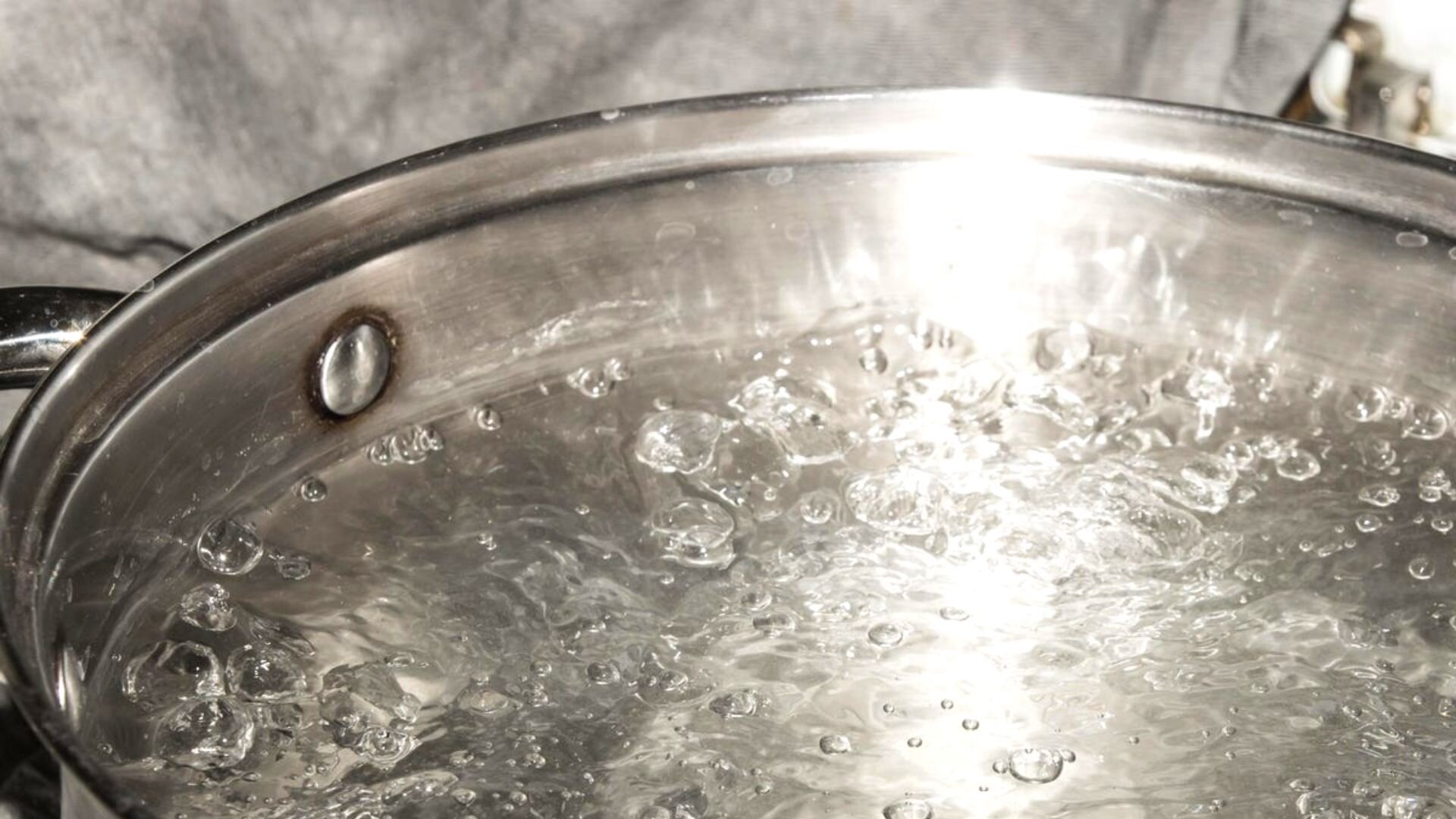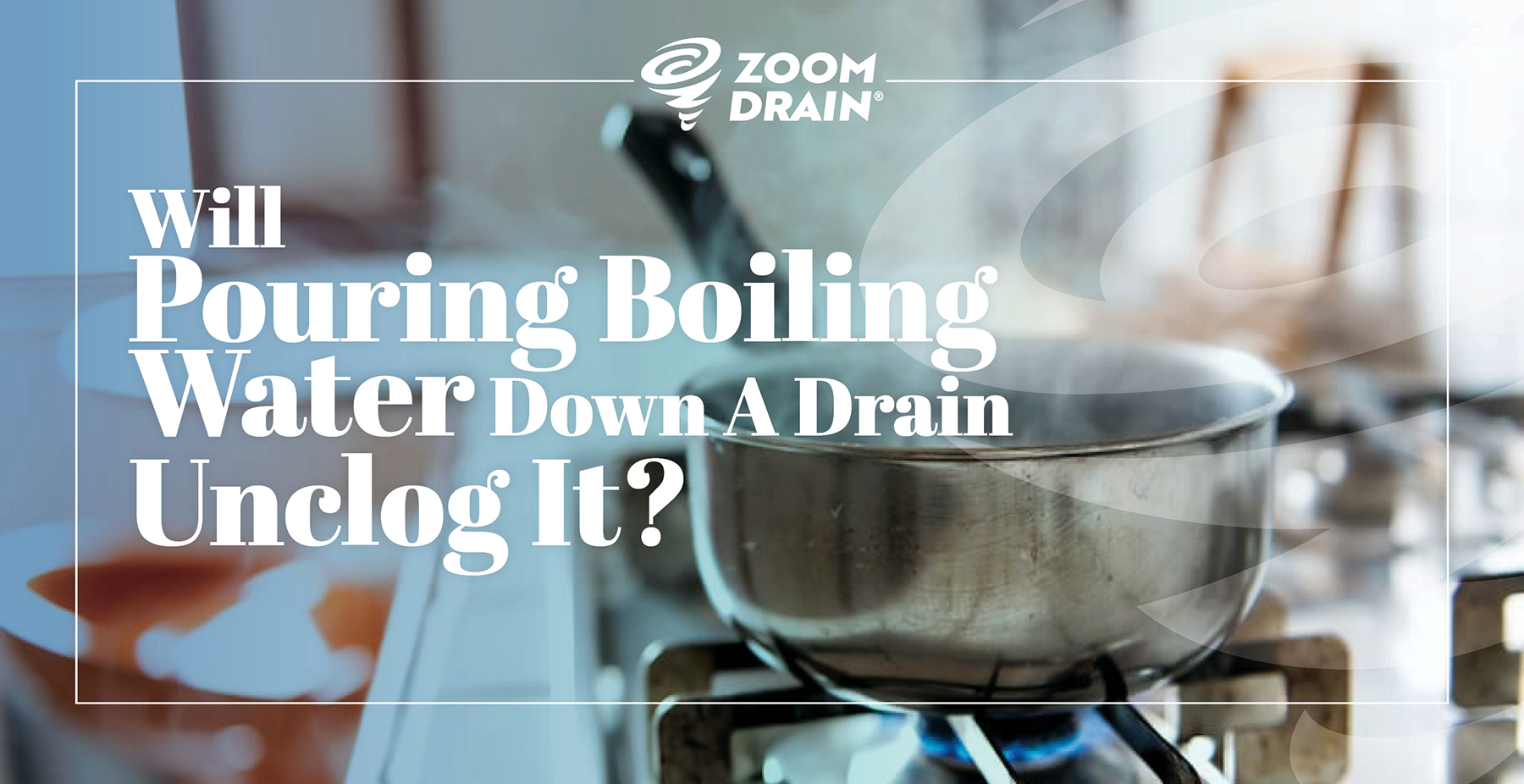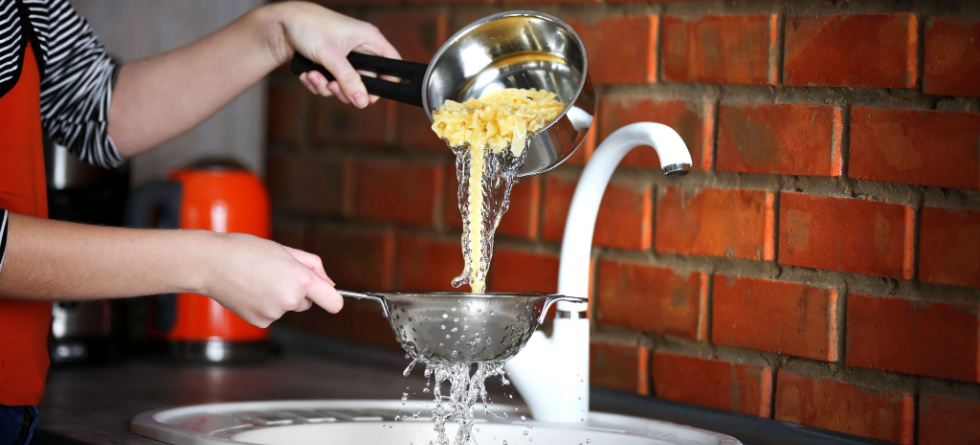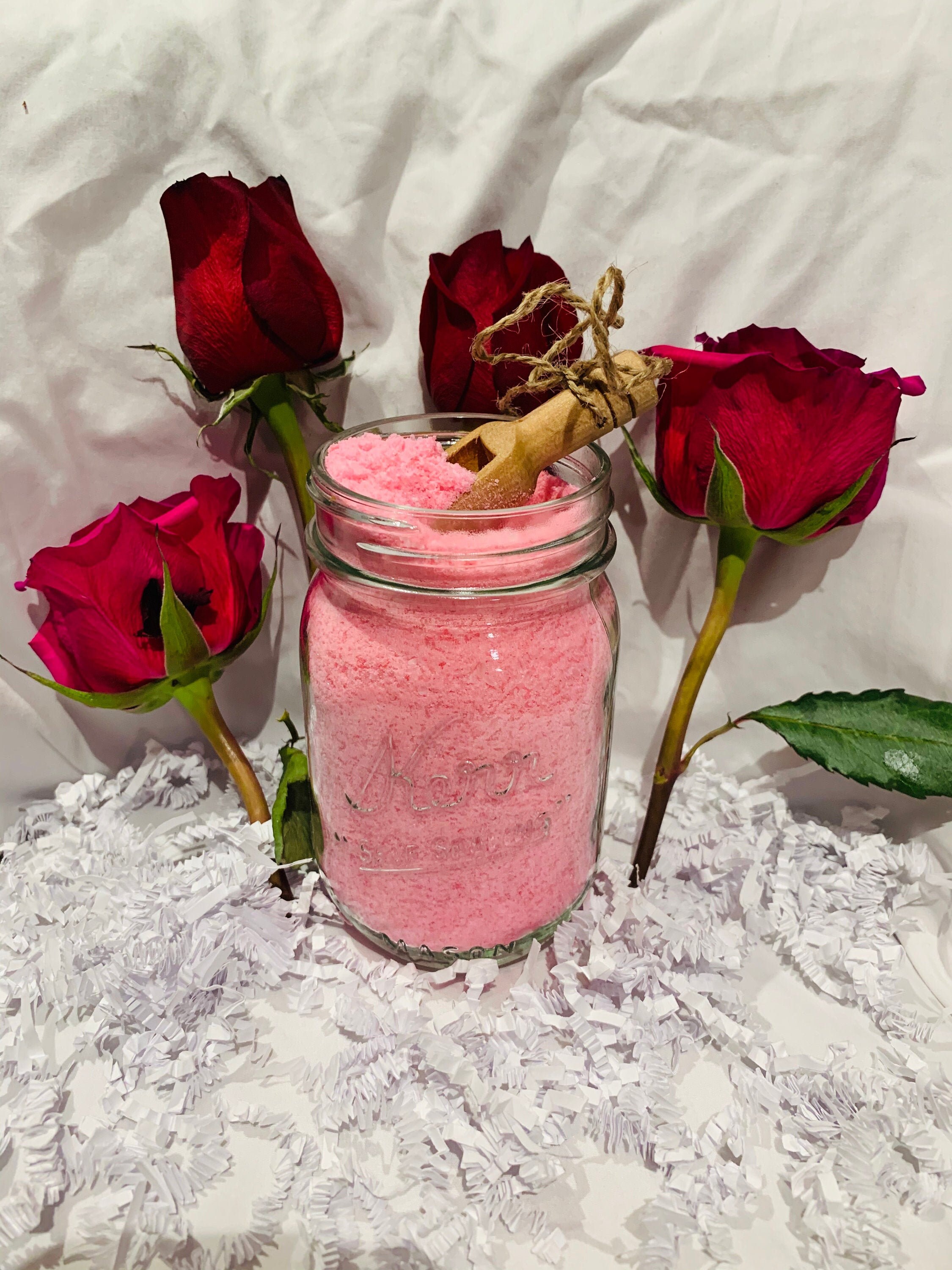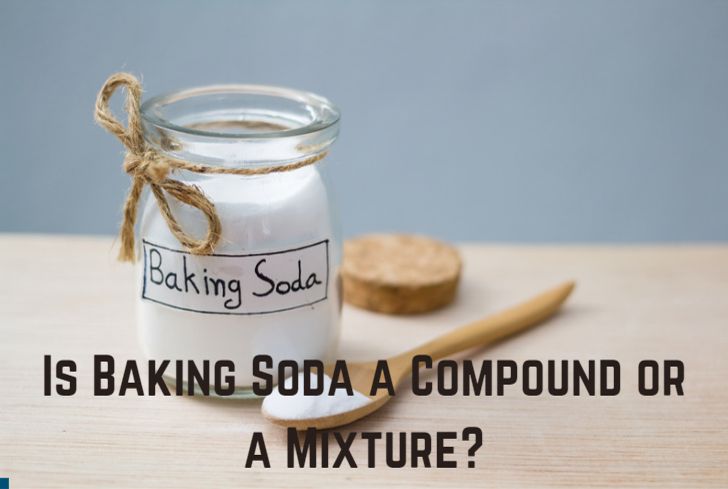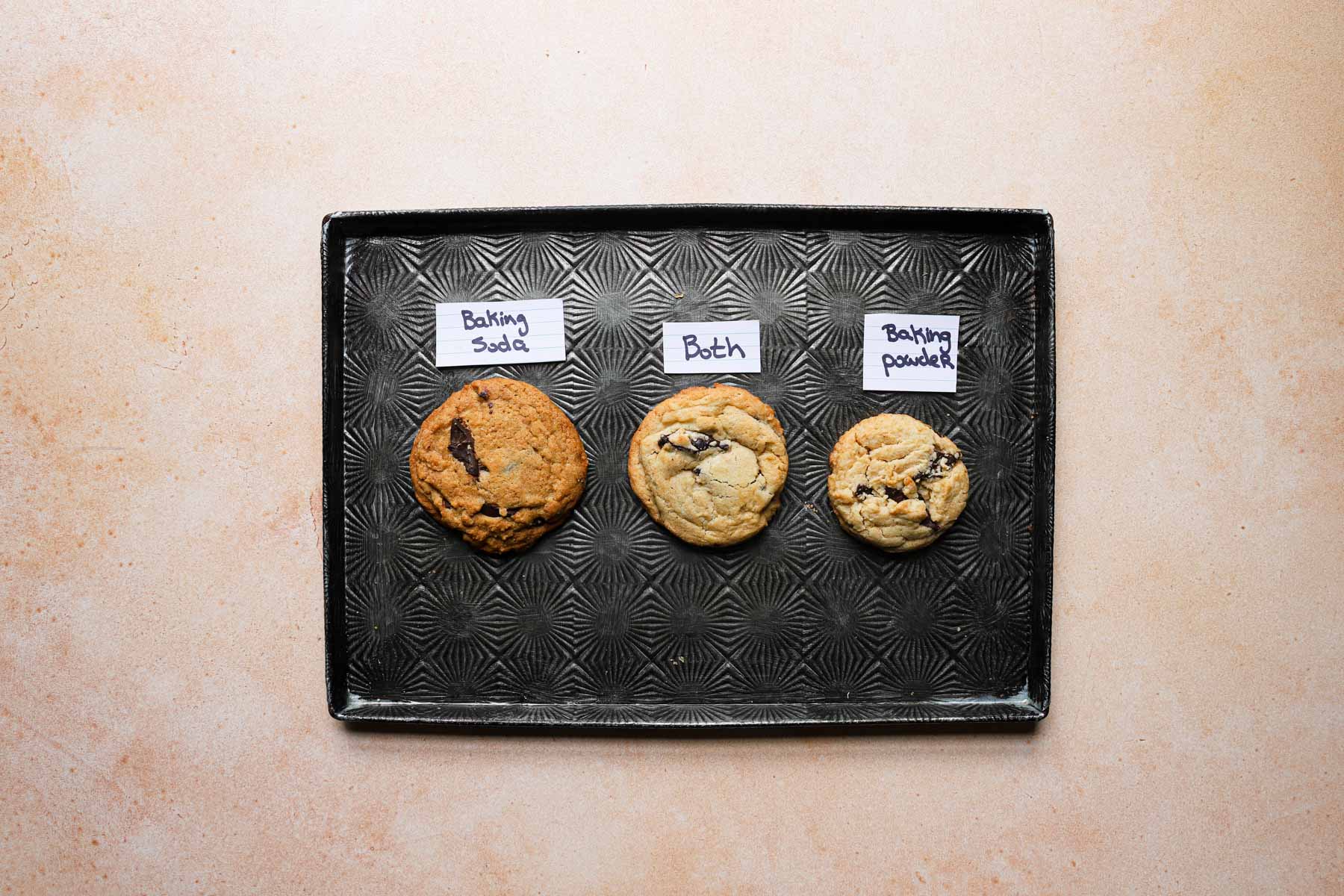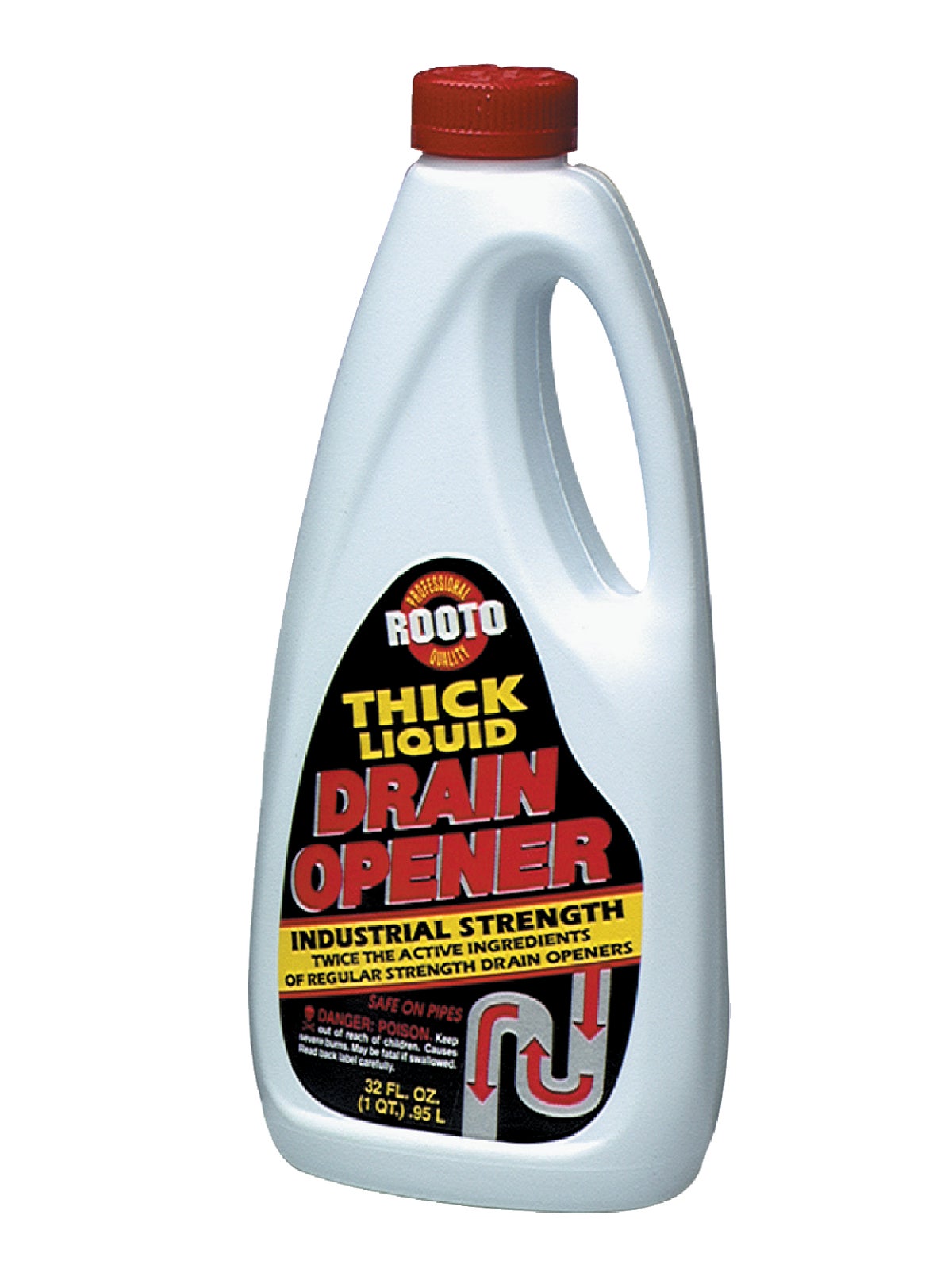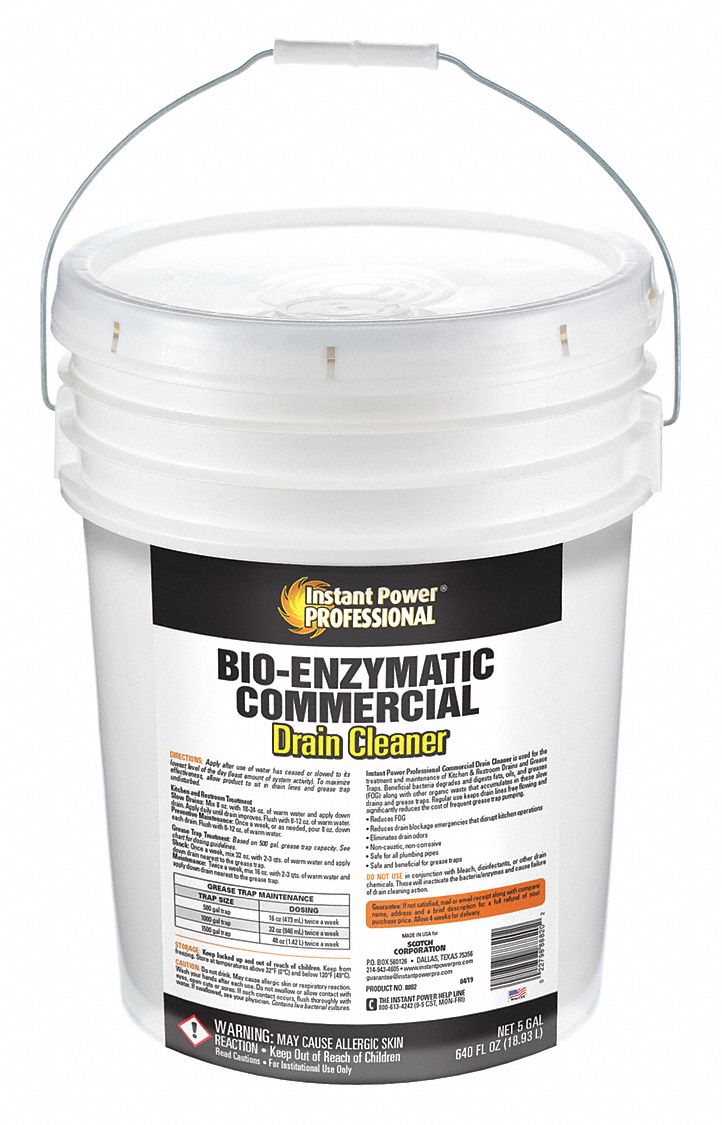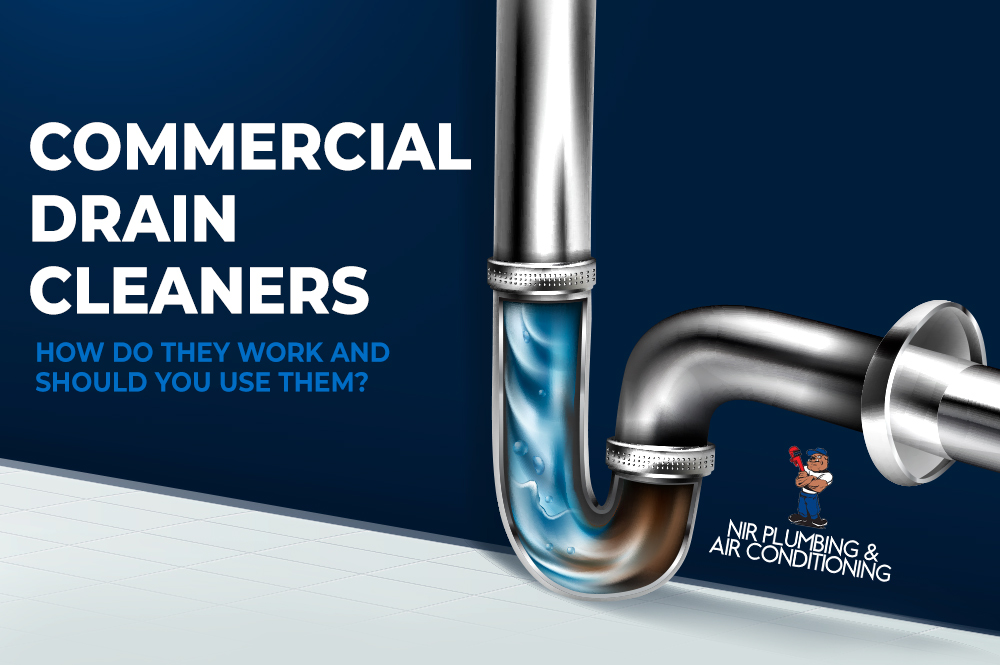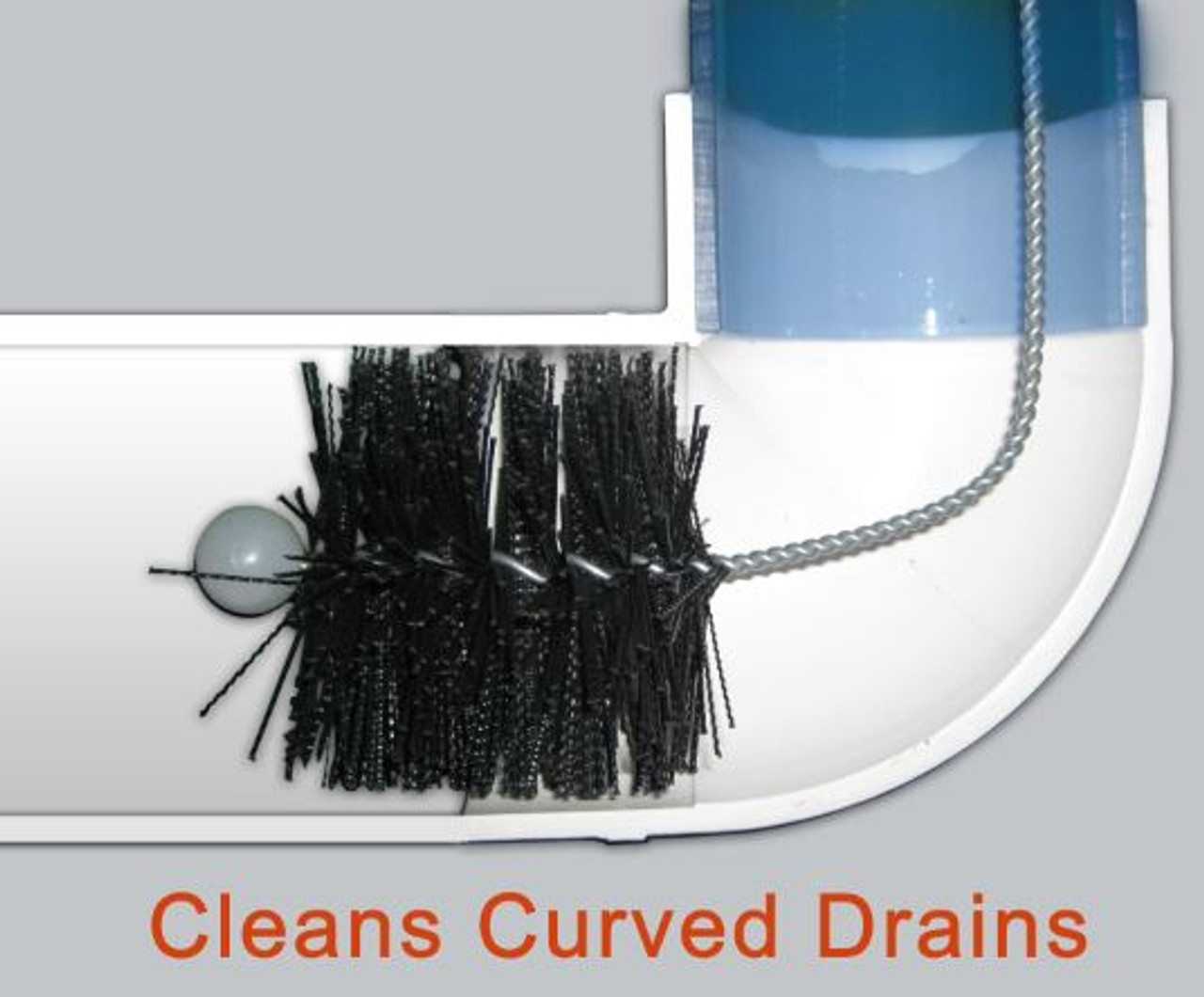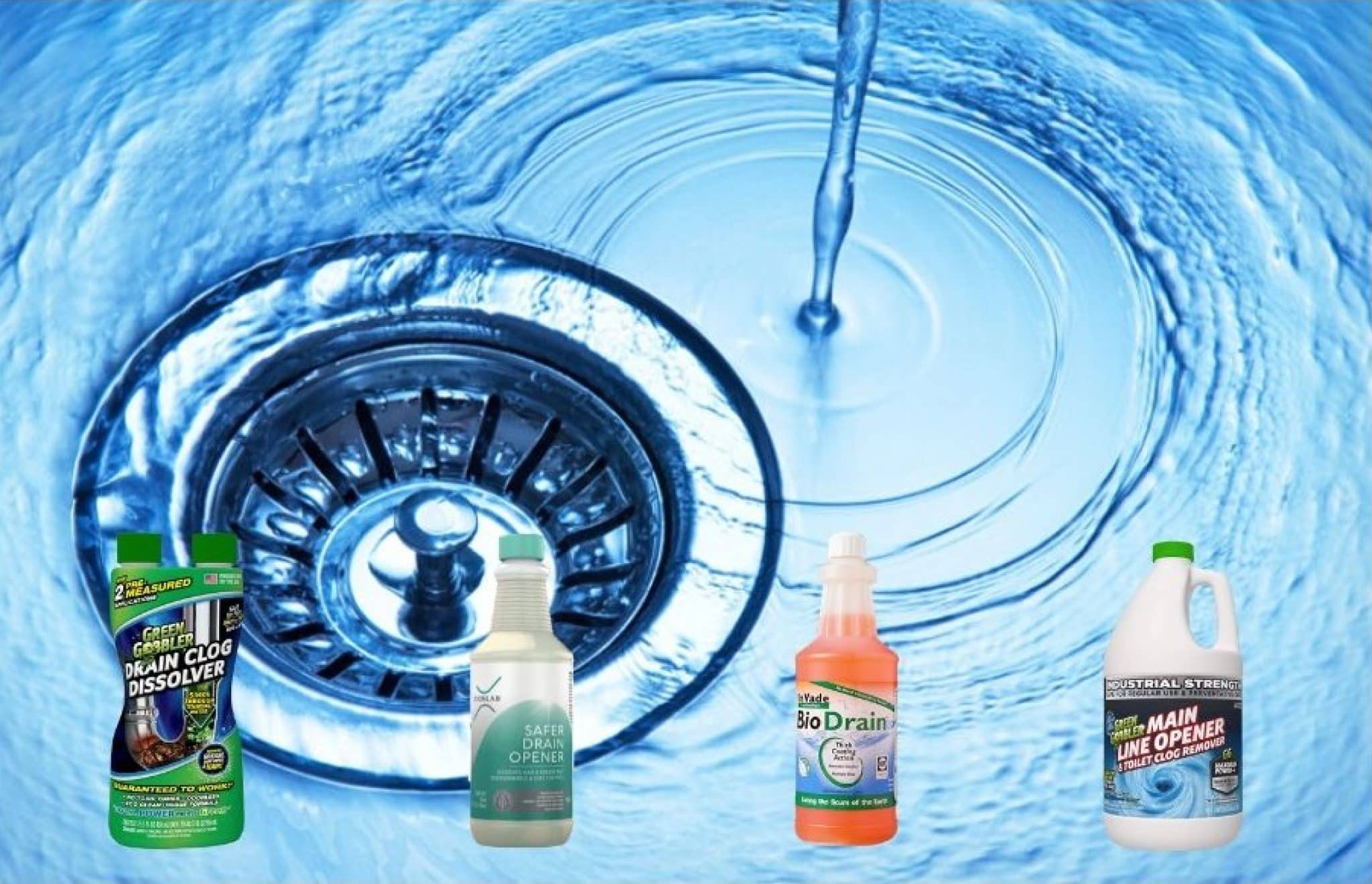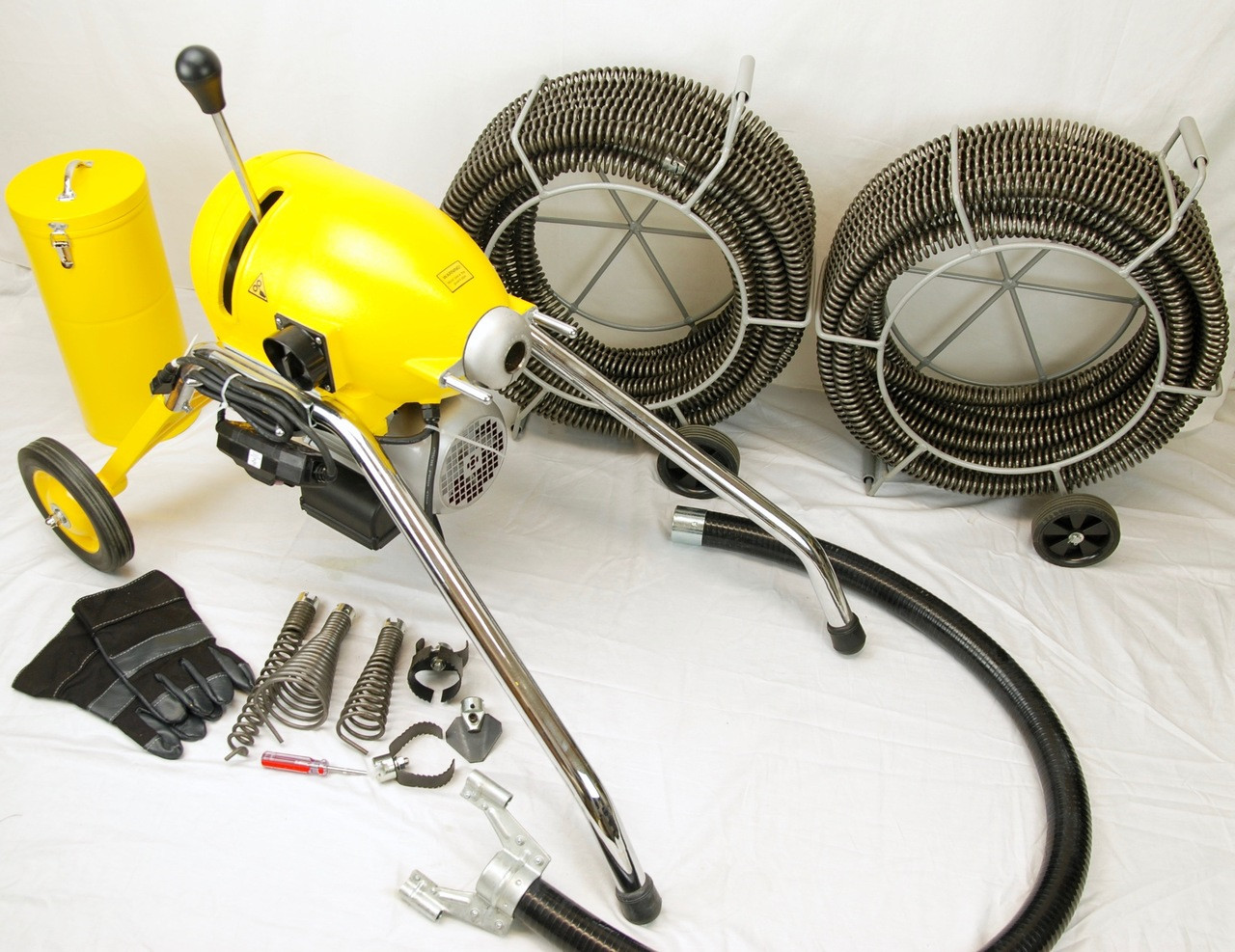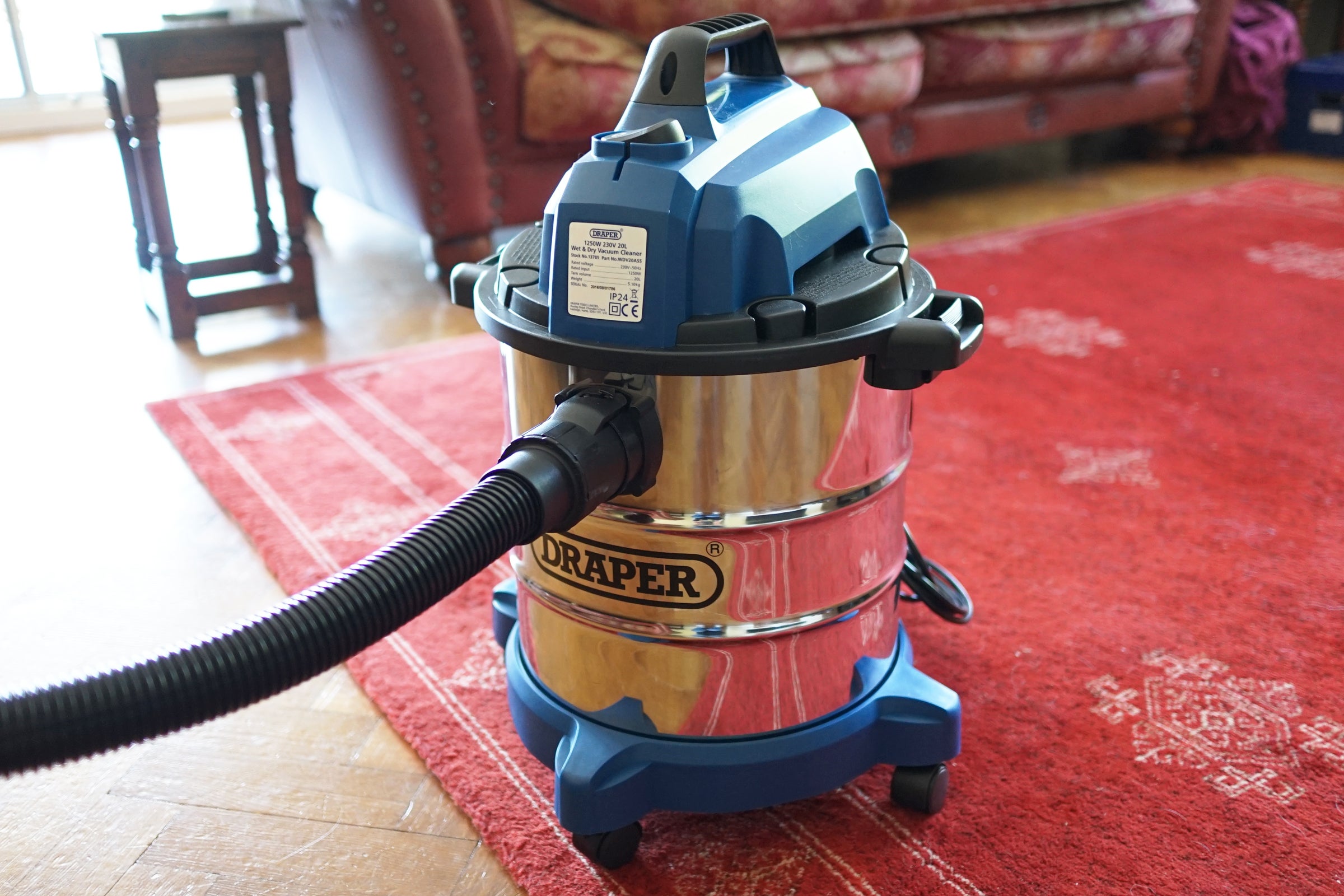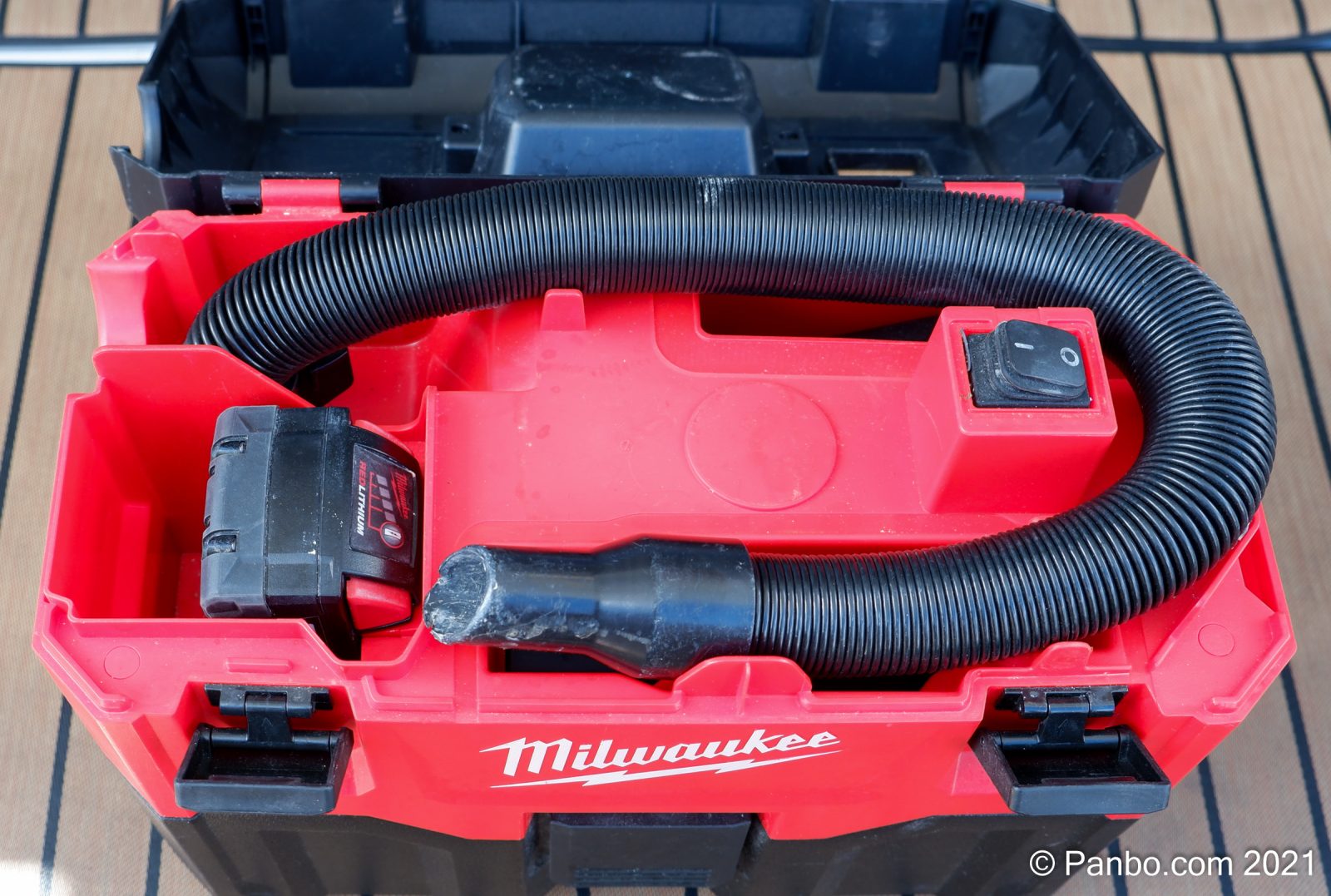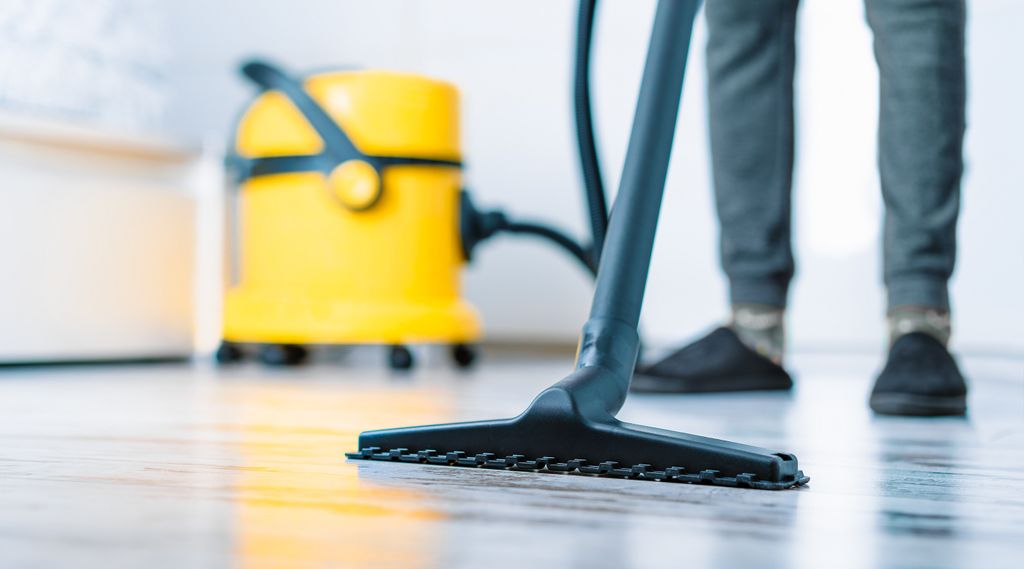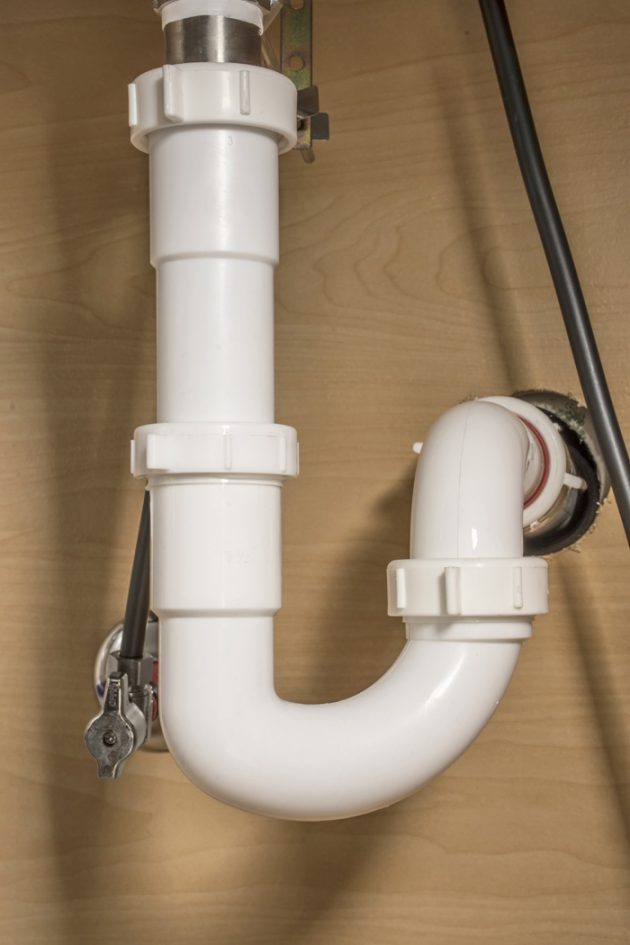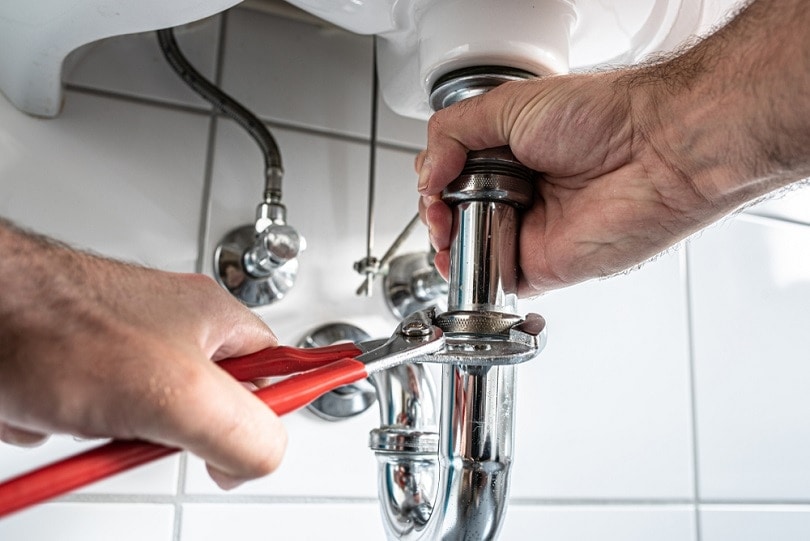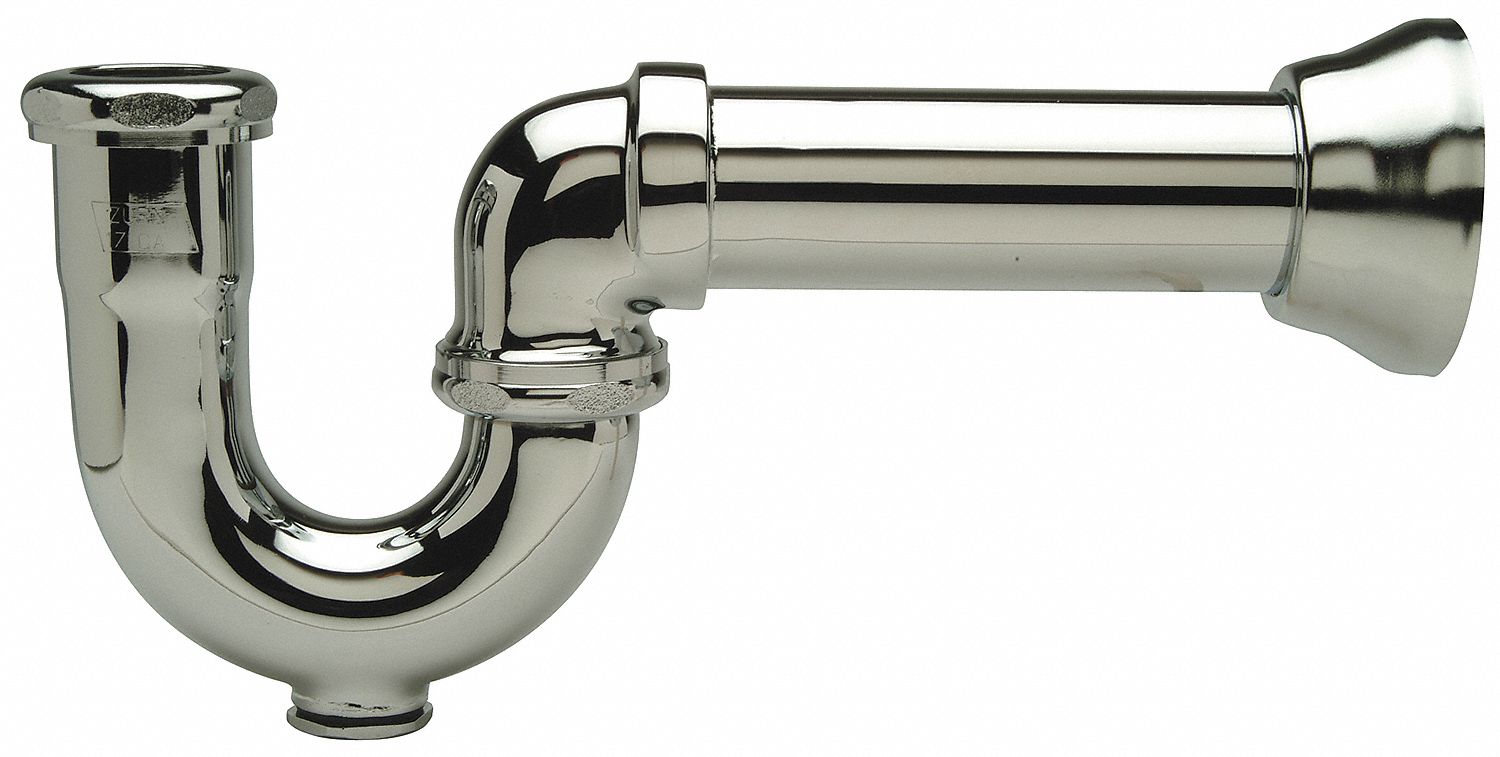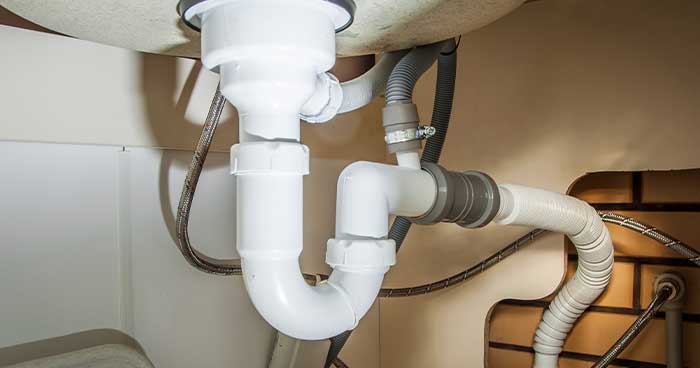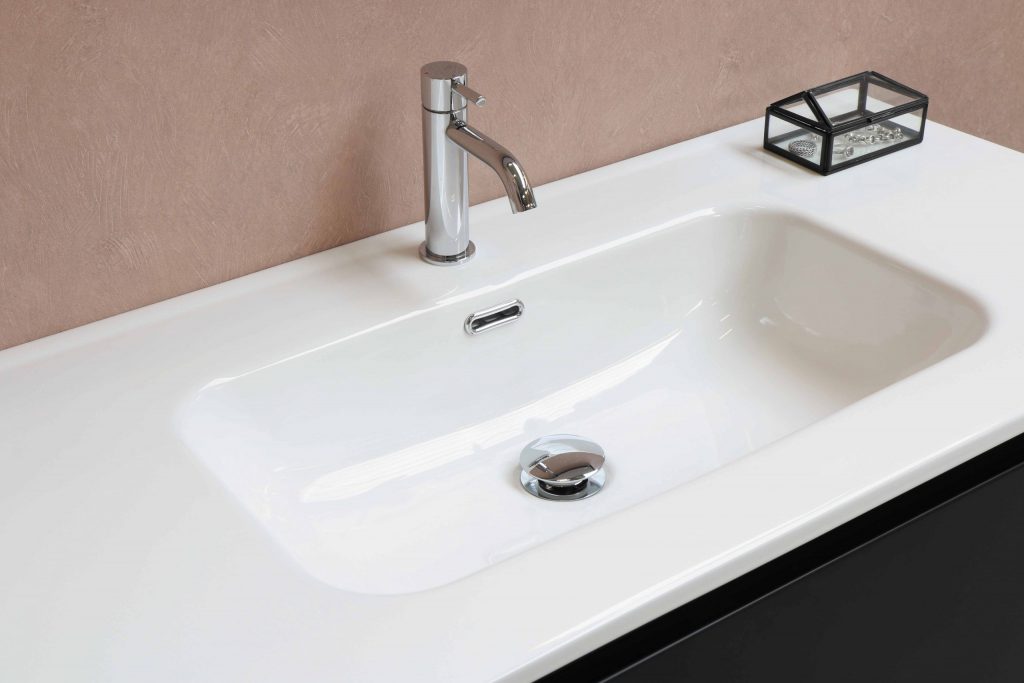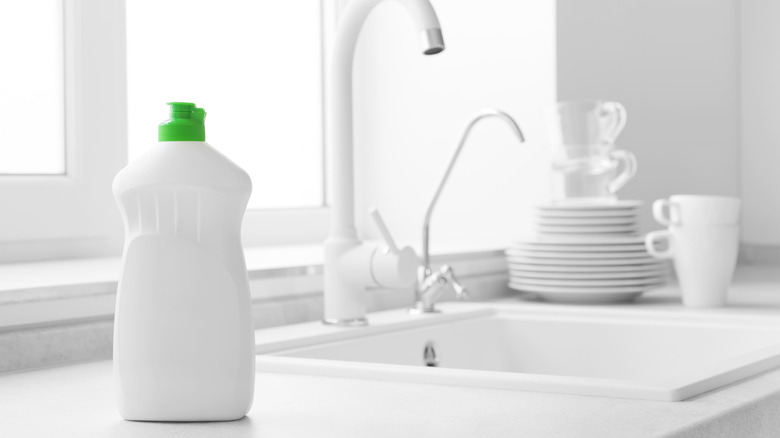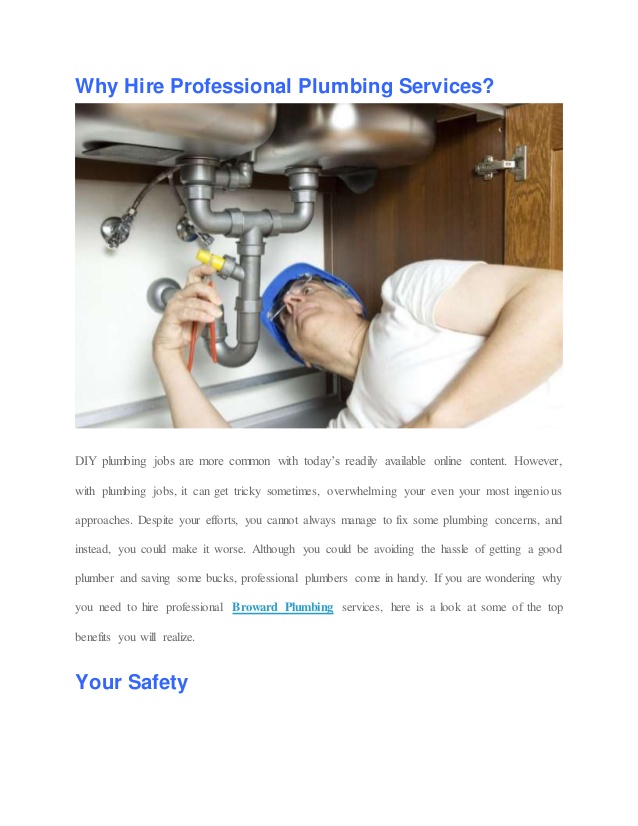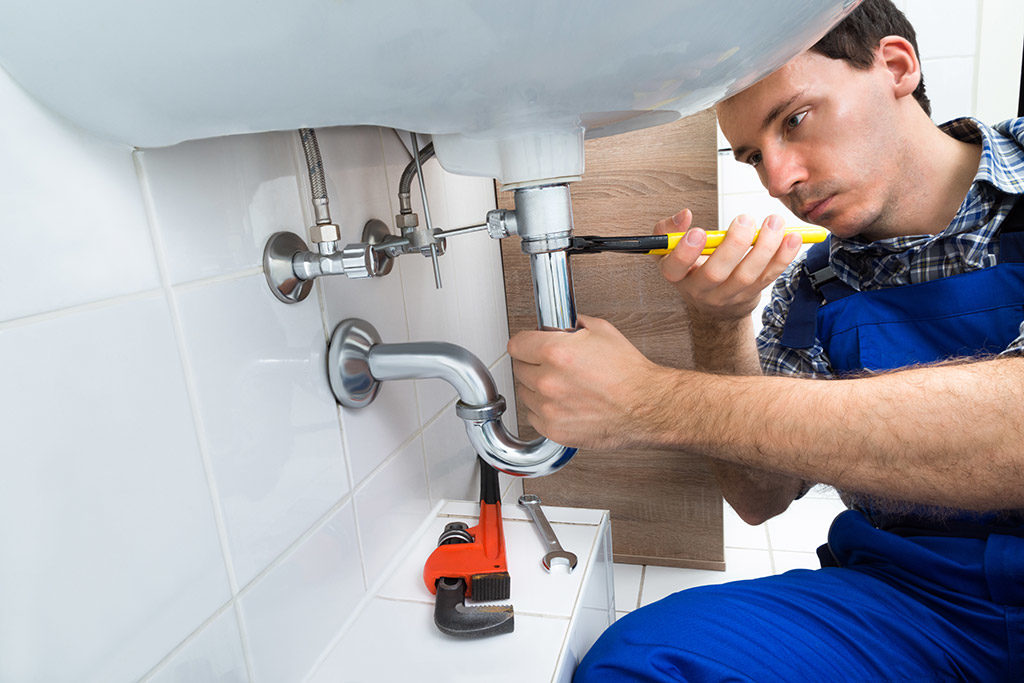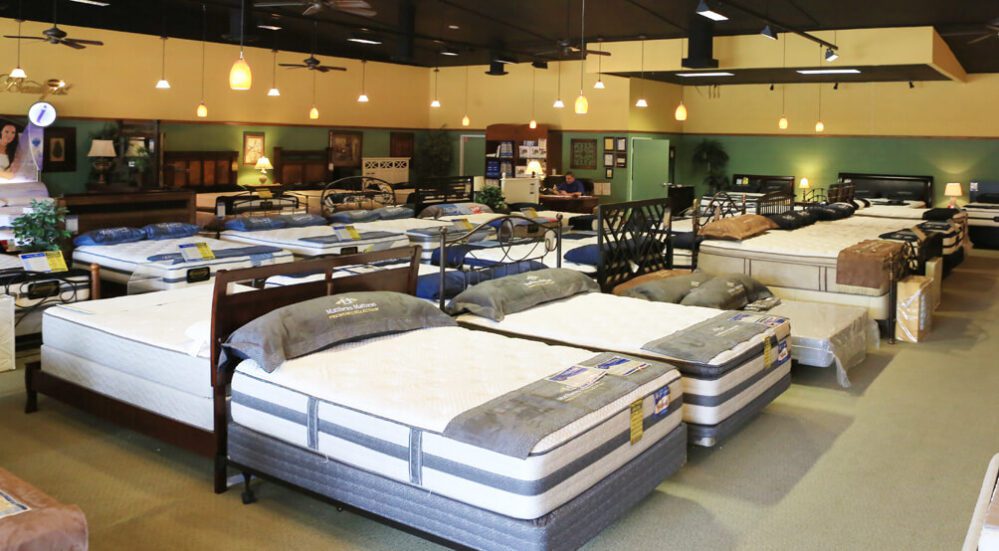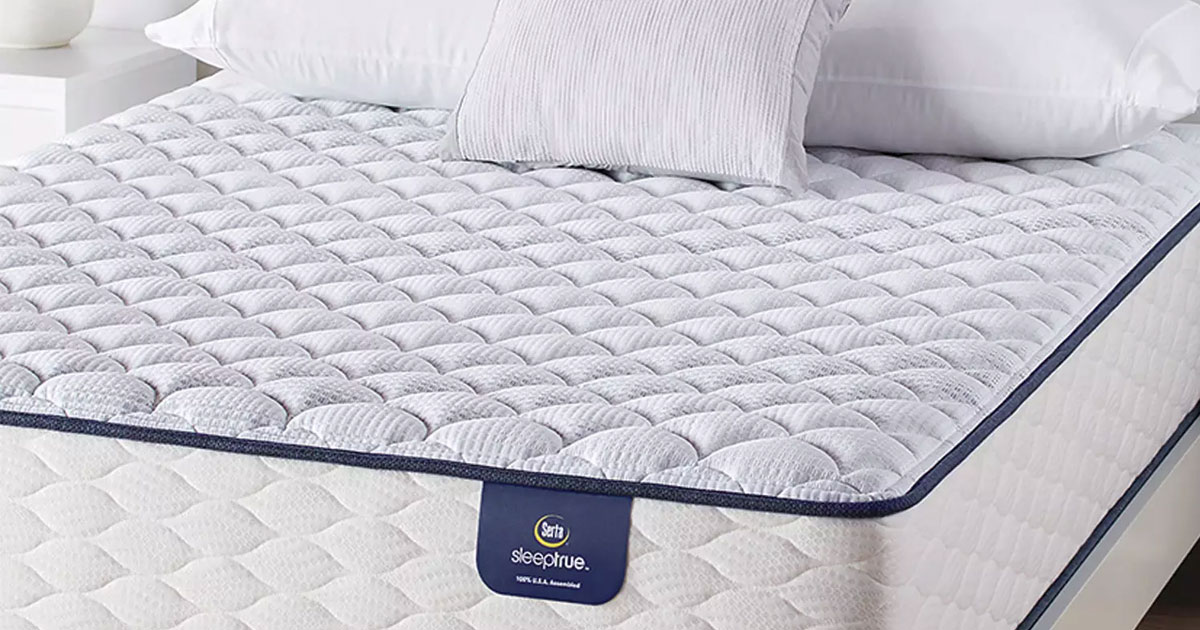If you notice your bathroom sink starting to drain slowly or not at all, the first thing you should try is using a plunger. This simple and effective tool can help to unclog your sink in no time. To use a plunger, make sure there is enough water in the sink to cover the rubber suction cup. Place the plunger directly over the drain and push down firmly, then pull up quickly. Repeat this motion several times until the clog is dislodged and the water starts to drain. *Tip: For best results, cover the overflow hole with a wet cloth to create a stronger suction.1. Use a Plunger
If the plunger doesn't work, the next step is to try a mixture of baking soda and vinegar. This combination can create a chemical reaction that can help to break down and dissolve the clog in your sink. To use this method, start by pouring 1/2 cup of baking soda down the drain. Follow it with 1/2 cup of white vinegar and immediately cover the drain with a cloth or plug to trap the reaction. Let it sit for 15-20 minutes, then pour boiling water down the drain to flush out the clog.2. Try a Mixture of Baking Soda and Vinegar
If the clog is still stubborn, you may need to use a drain snake to physically remove it. A drain snake, also known as a plumbing auger, is a long, flexible tool with a coiled end that can be inserted into the drain to break up and remove the clog. To use a drain snake, insert the coiled end into the drain and twist it to break up the clog. Continue to push and twist until you feel the snake break through the clog. Then, pull the snake back out, hopefully with the clog attached to it.3. Use a Drain Snake
If the clog is caused by grease or soap buildup, pouring boiling water down the drain may be enough to dissolve it and clear the clog. Boil a pot of water and carefully pour it down the drain in stages, allowing it to work for a few minutes between each pour. This can help to soften and break up the clog, allowing it to be flushed away. *Warning: Be careful when handling boiling water to avoid burns.4. Pour Boiling Water Down the Drain
Similar to the baking soda and vinegar method, a mixture of salt and baking soda can also help to unclog a bathroom sink. The coarse texture of the salt and the fizzing reaction with the baking soda can work together to break up and dislodge the clog. Mix 1/2 cup of salt with 1/2 cup of baking soda and pour it down the drain. Let it sit for 10-20 minutes, then pour boiling water down the drain to flush it out.5. Use a Mixture of Salt and Baking Soda
If all else fails, you can try using a commercial drain cleaner to break up the clog in your bathroom sink. These products contain strong chemicals that can dissolve hair, grease, and other common clog-causing materials. Caution: Be sure to follow the instructions carefully and use caution when handling these products, as they can be harmful to skin and eyes.6. Try a Commercial Drain Cleaner
If you have a wet/dry vacuum on hand, you can use it to help unclog your bathroom sink. First, switch it to the wet setting and cover the vent to create suction. Then, place the hose over the drain and turn the vacuum on. It may take a few attempts, but the suction from the vacuum can help to remove the clog.7. Use a Wet/Dry Vacuum
If the clog is located in the sink trap, you may need to remove and clean it to clear the blockage. The sink trap is the curved section of pipe under the sink, and it is often where hair and debris can accumulate and cause clogs. To remove the sink trap, place a bucket or large bowl under it to catch any water, then use pliers or a wrench to loosen the slip nuts and remove the trap. Clean out any debris and reattach the trap, making sure the slip nuts are tightened securely.8. Remove and Clean the Sink Trap
An easy and natural way to unclog your bathroom sink is by using a combination of hot water and dish soap. The hot water can help to soften and dissolve the clog, while the dish soap can help to break down any greasy buildup. Pour a small pot of hot water down the drain, followed by a few tablespoons of dish soap. Let it sit for a few minutes, then pour more hot water down the drain to flush it out.9. Use a Combination of Hot Water and Dish Soap
If none of the above methods work, it may be time to call in a professional plumber. They have the tools and expertise to identify and fix any underlying issues causing the clog and can ensure that your bathroom sink is unclogged and running smoothly again. Remember, regular maintenance and prevention can help to avoid clogs in the future. Be sure to clean out your sink regularly and avoid putting anything other than water and soap down the drain. In conclusion, unclogging a bathroom sink may seem like a daunting task, but with these 10 easy methods, you can keep your sink running smoothly and avoid any potential plumbing issues.10. Call a Professional Plumber
Why It's Important to Keep Your Bathroom Sink Unclogged
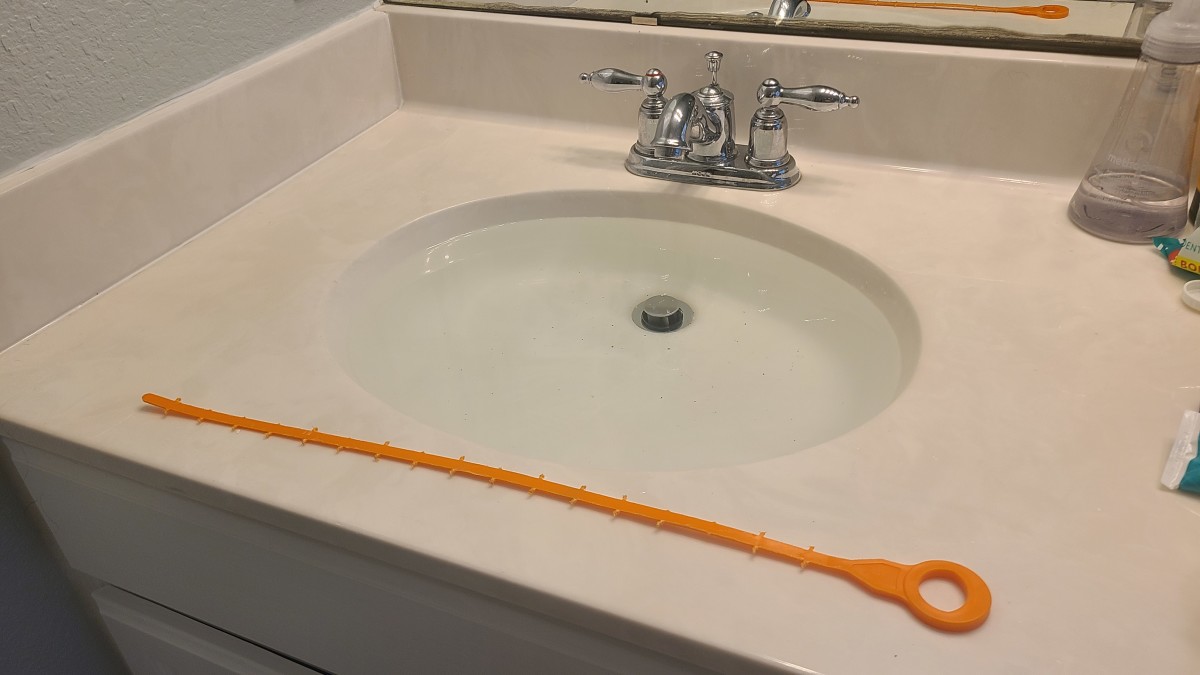
Prevent Damage and Costly Repairs
 A clogged bathroom sink can lead to a variety of problems, from slow drainage and unpleasant odors to more serious issues like pipe damage and water leaks. Ignoring a clog can result in costly repairs and even damage to your house. Therefore, it's important to address a clogged sink as soon as possible to prevent any potential damage.
A clogged bathroom sink can lead to a variety of problems, from slow drainage and unpleasant odors to more serious issues like pipe damage and water leaks. Ignoring a clog can result in costly repairs and even damage to your house. Therefore, it's important to address a clogged sink as soon as possible to prevent any potential damage.
Improve Hygiene and Sanitation
 A clogged bathroom sink can also lead to poor hygiene and sanitation in your house. Stagnant water can attract bacteria and other harmful germs, creating an unsanitary environment in your bathroom. This can also lead to foul odors, making it an uncomfortable space to use. By keeping your sink unclogged, you can maintain a clean and hygienic bathroom for yourself and your family.
A clogged bathroom sink can also lead to poor hygiene and sanitation in your house. Stagnant water can attract bacteria and other harmful germs, creating an unsanitary environment in your bathroom. This can also lead to foul odors, making it an uncomfortable space to use. By keeping your sink unclogged, you can maintain a clean and hygienic bathroom for yourself and your family.
The Easiest Way to Unclog a Bathroom Sink
 Now that we understand the importance of keeping our bathroom sink unclogged, let's discuss the easiest way to do so. One of the most effective ways to unclog a bathroom sink is by using a plunger. Make sure to cover the overflow hole with a wet cloth and then place the plunger over the drain. Push and pull the plunger several times to create suction and dislodge the clog. This method is quick and easy, and most households already have a plunger on hand.
Another method is using a mixture of
baking soda and vinegar
. Pour 1/2 cup of baking soda down the drain, followed by 1/2 cup of vinegar. Let the mixture sit for 10-15 minutes, then pour hot water down the drain to flush out the clog. This combination creates a chemical reaction that can break down and dissolve the clog. It's also a natural and environmentally friendly option.
If these methods don't work, you can try using a plumbing snake or removing the sink's trap to manually remove the clog. However, these methods may require a bit more effort and may be best left to a professional plumber.
Now that we understand the importance of keeping our bathroom sink unclogged, let's discuss the easiest way to do so. One of the most effective ways to unclog a bathroom sink is by using a plunger. Make sure to cover the overflow hole with a wet cloth and then place the plunger over the drain. Push and pull the plunger several times to create suction and dislodge the clog. This method is quick and easy, and most households already have a plunger on hand.
Another method is using a mixture of
baking soda and vinegar
. Pour 1/2 cup of baking soda down the drain, followed by 1/2 cup of vinegar. Let the mixture sit for 10-15 minutes, then pour hot water down the drain to flush out the clog. This combination creates a chemical reaction that can break down and dissolve the clog. It's also a natural and environmentally friendly option.
If these methods don't work, you can try using a plumbing snake or removing the sink's trap to manually remove the clog. However, these methods may require a bit more effort and may be best left to a professional plumber.
Prevent Future Clogs
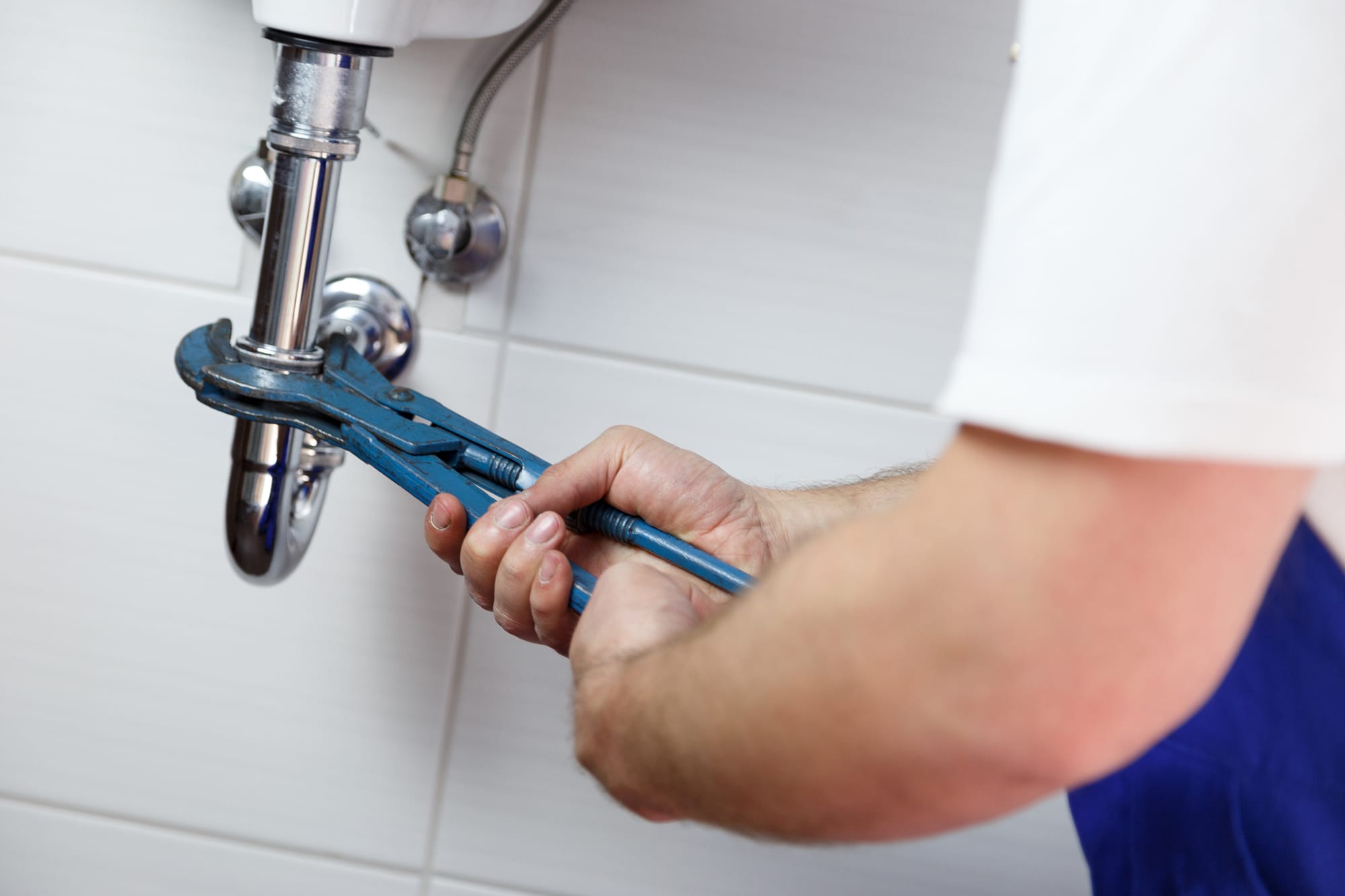 To prevent future clogs, it's important to practice good habits when using your bathroom sink. Avoid pouring grease, oil, and coffee grounds down the drain, as they can solidify and create clogs. Use a mesh drain cover to catch hair and other debris before it goes down the drain. Regularly cleaning your sink and drain with hot water can also help prevent buildup and clogs.
In conclusion, a clogged bathroom sink can lead to various problems and should be addressed promptly. The easiest way to unclog a bathroom sink is by using a plunger or a mixture of baking soda and vinegar. By following good habits and regularly maintaining your sink, you can prevent future clogs and maintain a clean and hygienic bathroom.
To prevent future clogs, it's important to practice good habits when using your bathroom sink. Avoid pouring grease, oil, and coffee grounds down the drain, as they can solidify and create clogs. Use a mesh drain cover to catch hair and other debris before it goes down the drain. Regularly cleaning your sink and drain with hot water can also help prevent buildup and clogs.
In conclusion, a clogged bathroom sink can lead to various problems and should be addressed promptly. The easiest way to unclog a bathroom sink is by using a plunger or a mixture of baking soda and vinegar. By following good habits and regularly maintaining your sink, you can prevent future clogs and maintain a clean and hygienic bathroom.



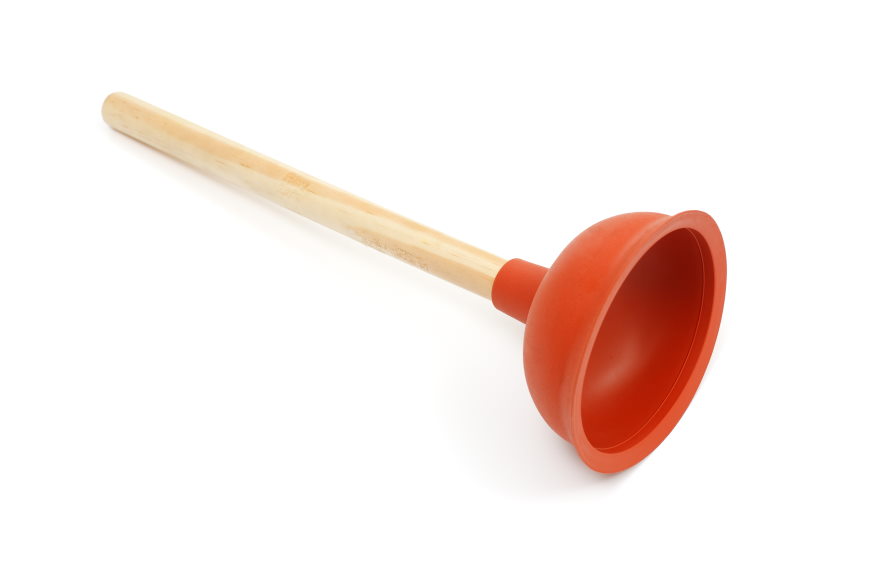

/unclogging-a-toilet-with-a-plunger-2719030_V5-303d627018ab4a99956f4076a418093f.gif)



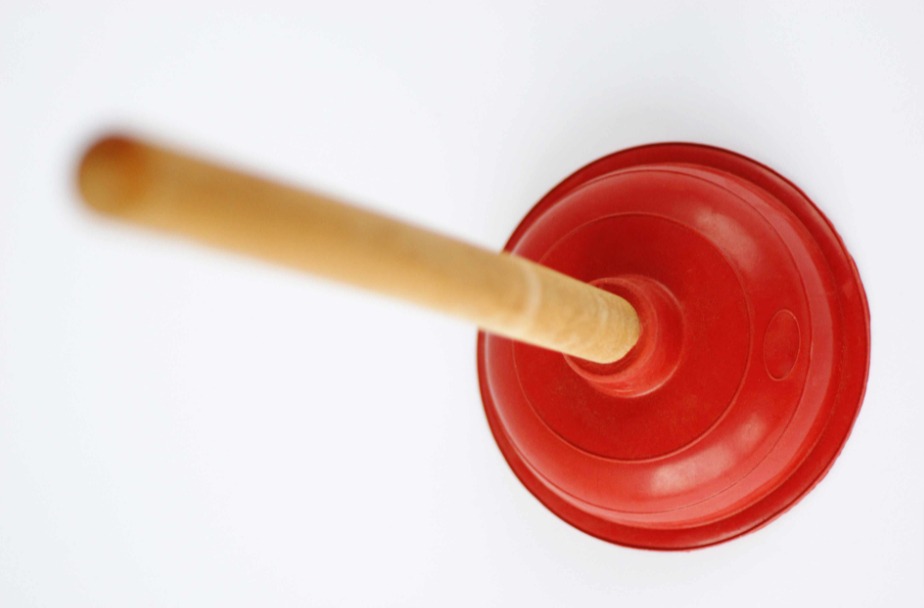

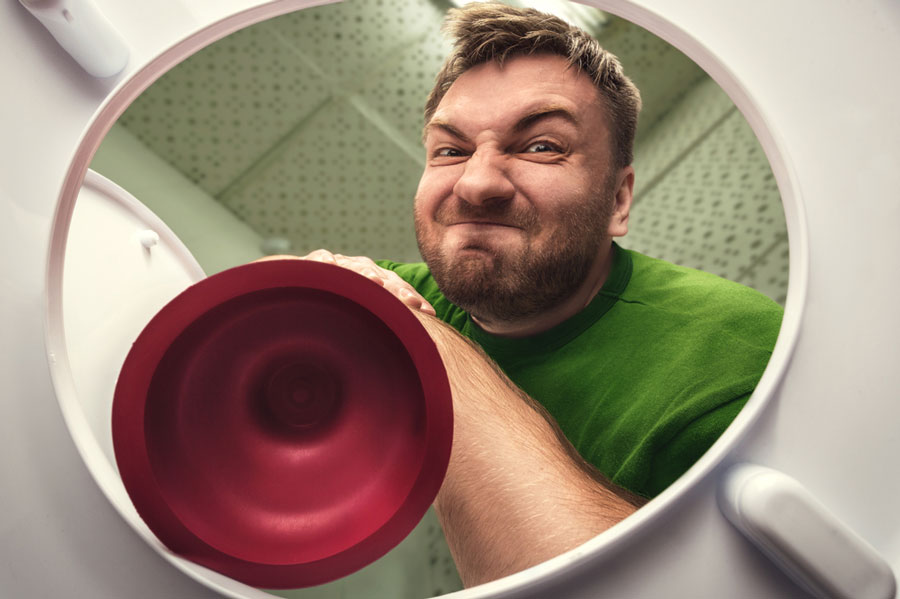
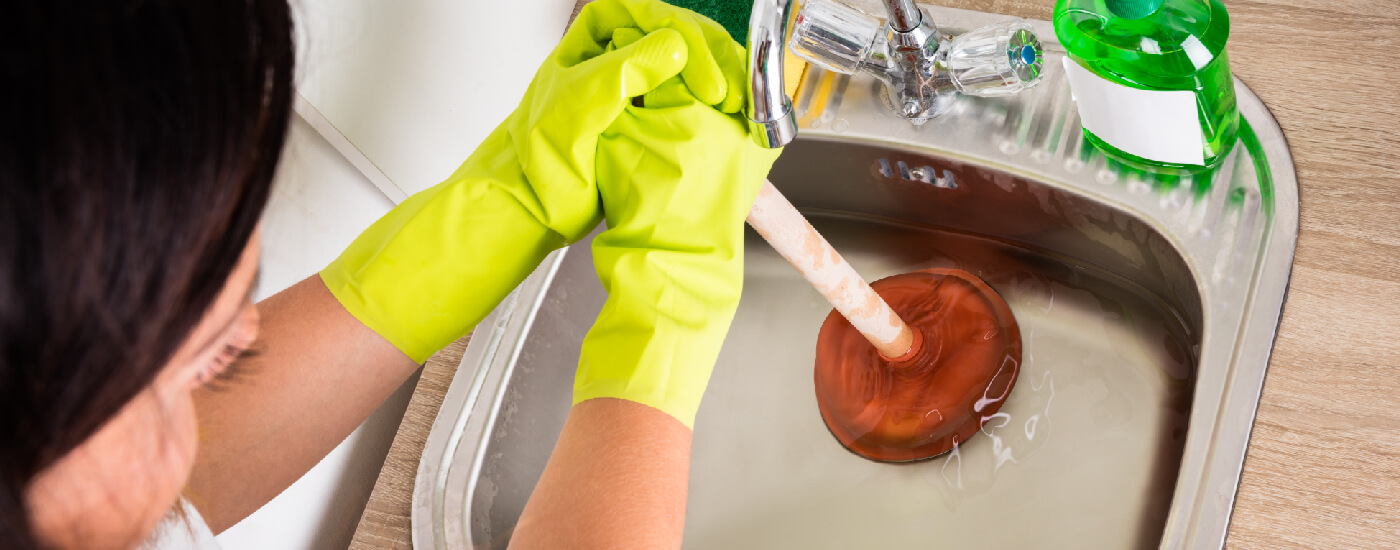


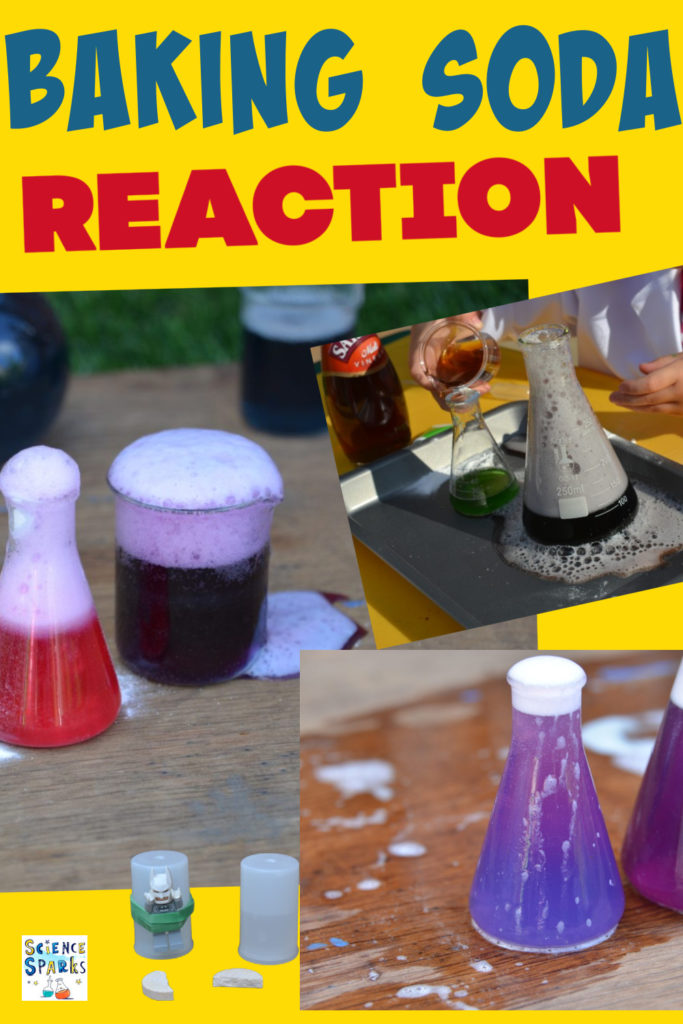
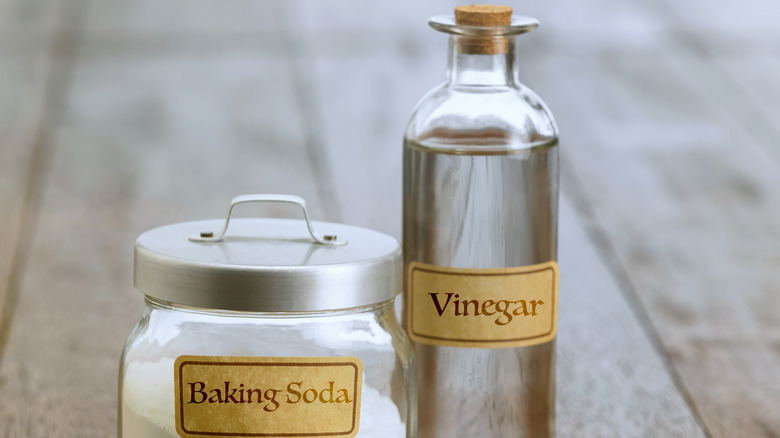


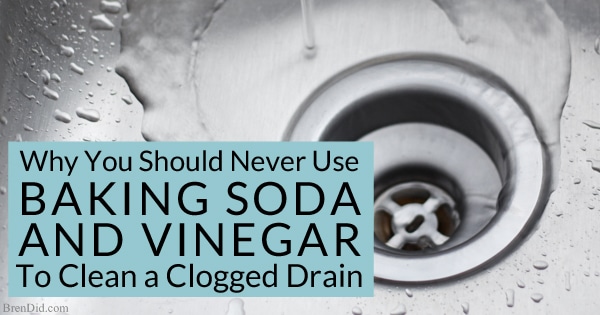



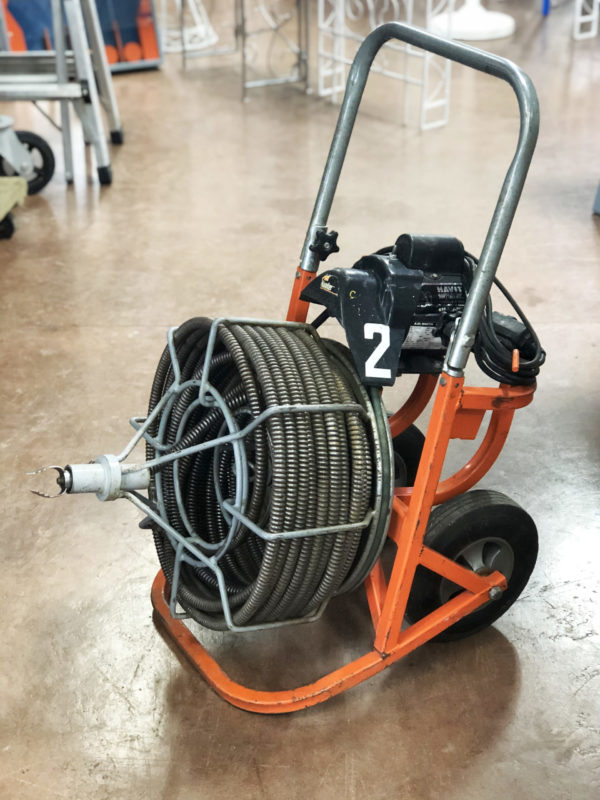

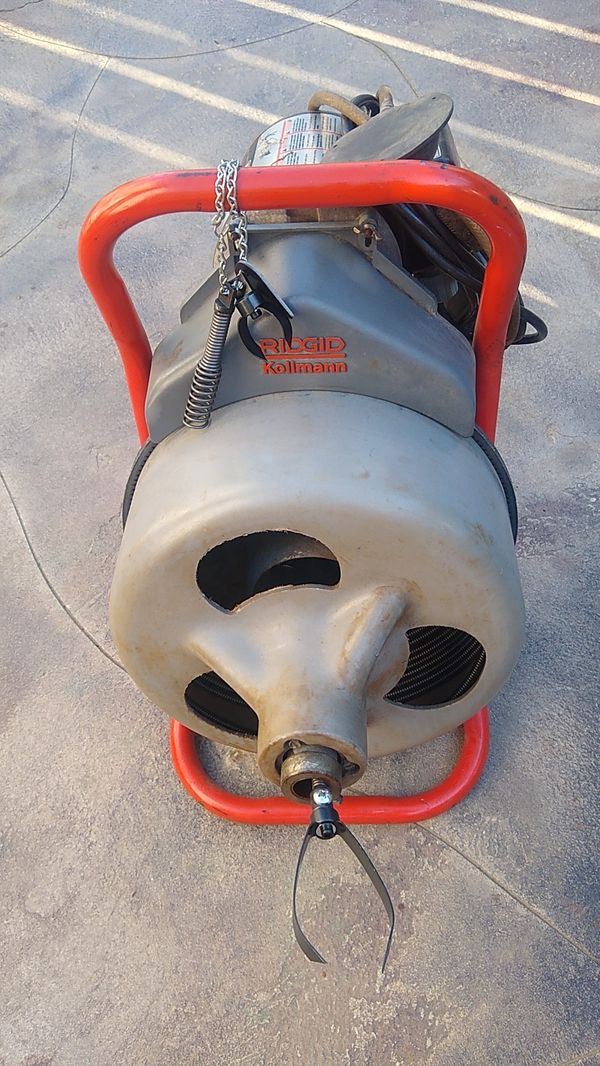






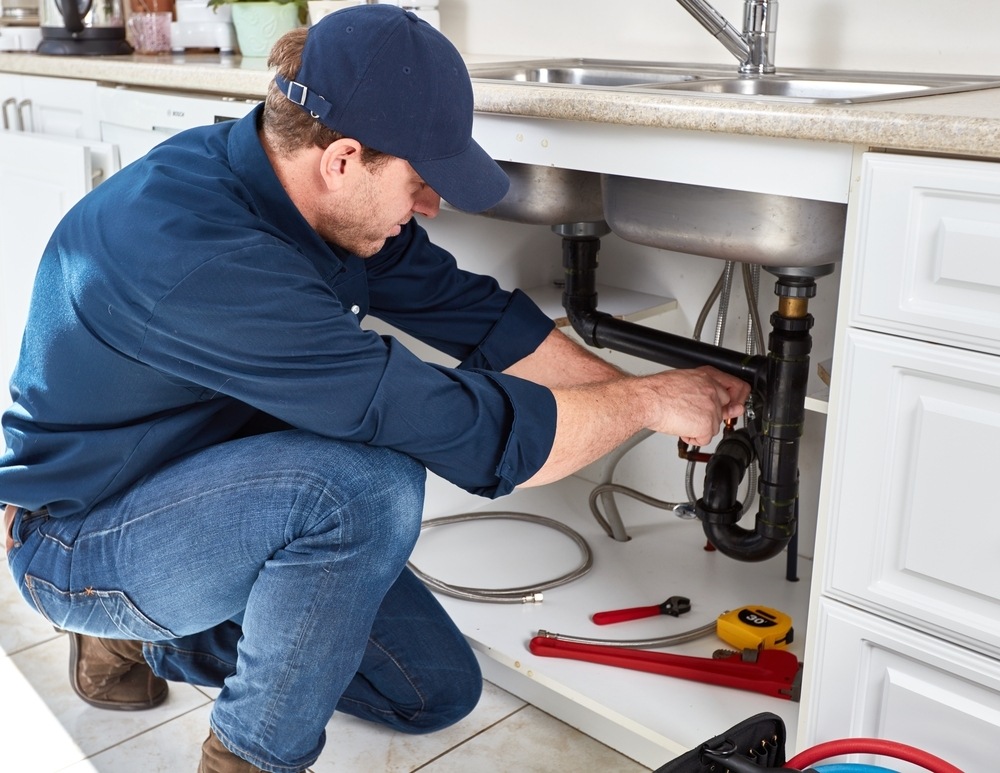

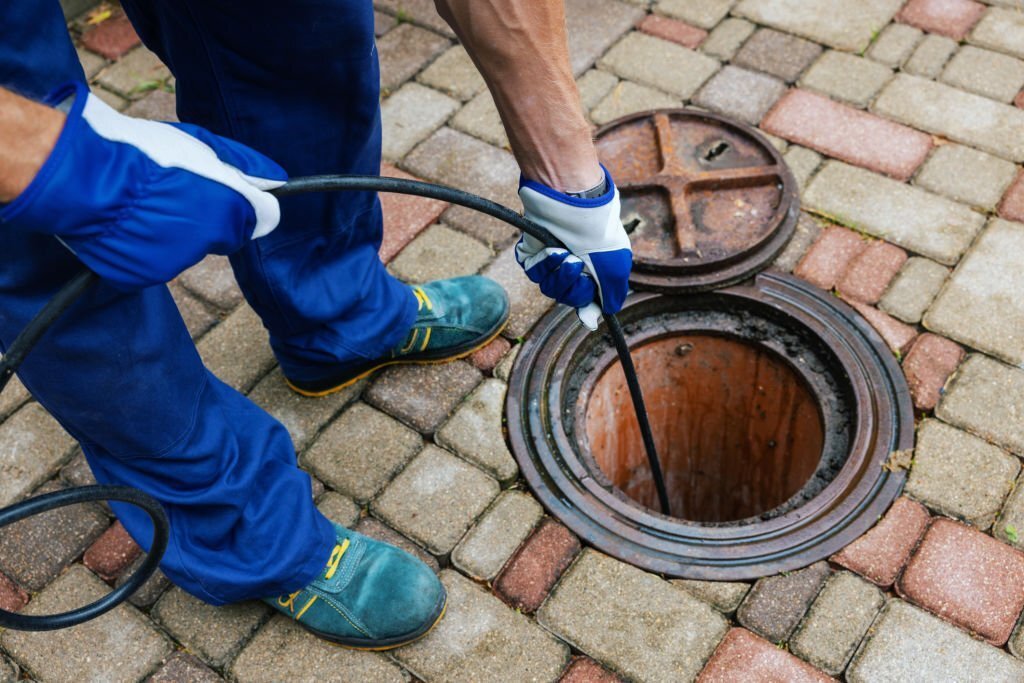


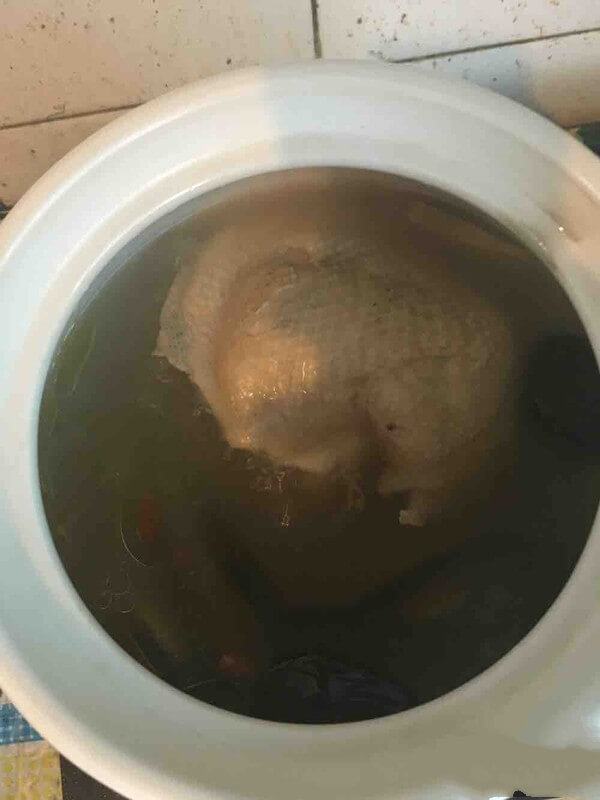

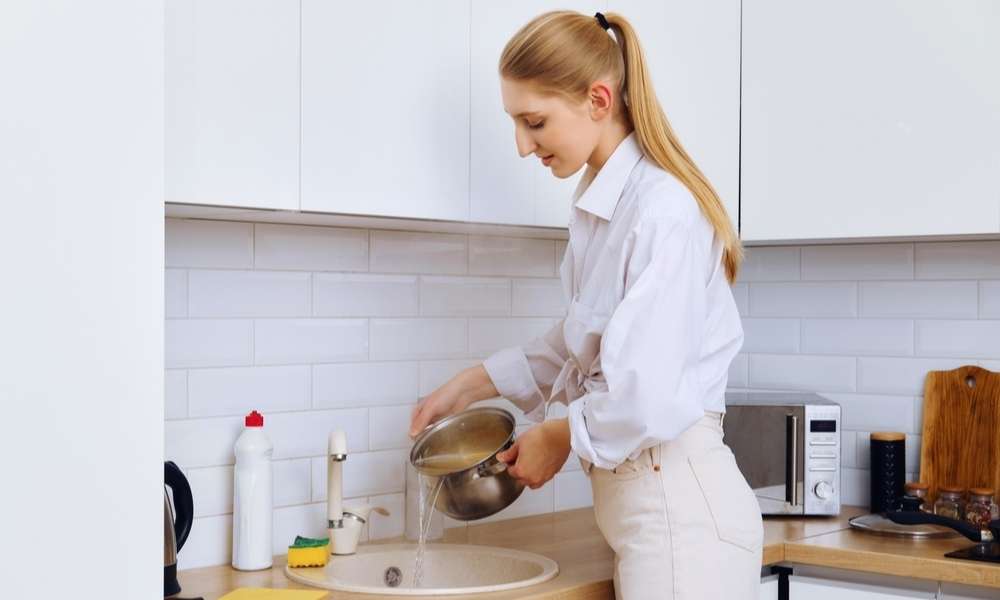
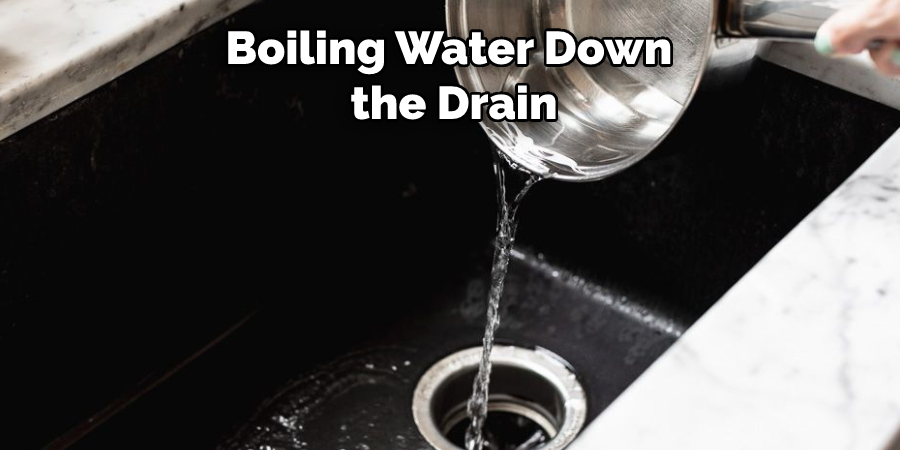

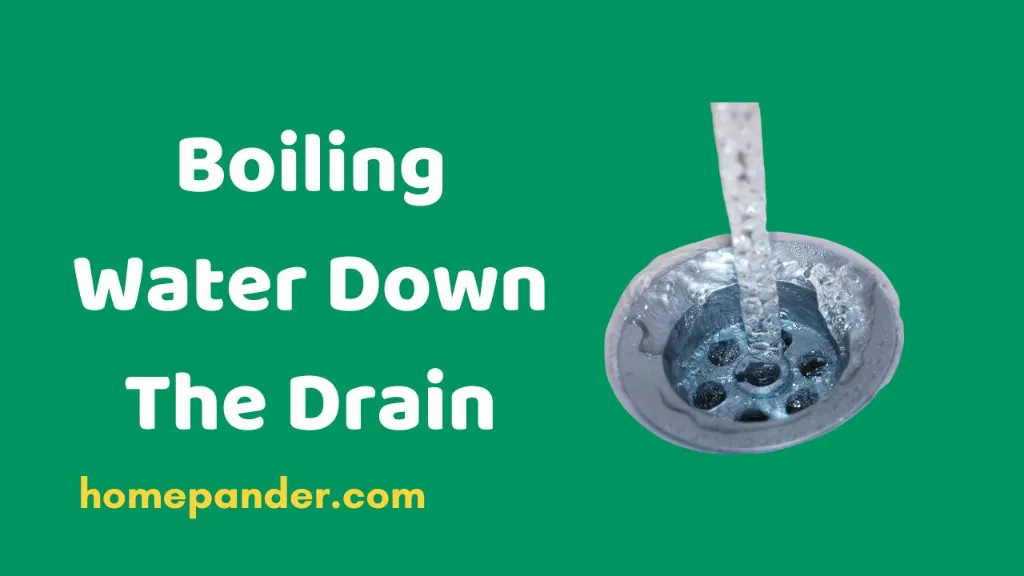
.jpg?time=1689761045394)
